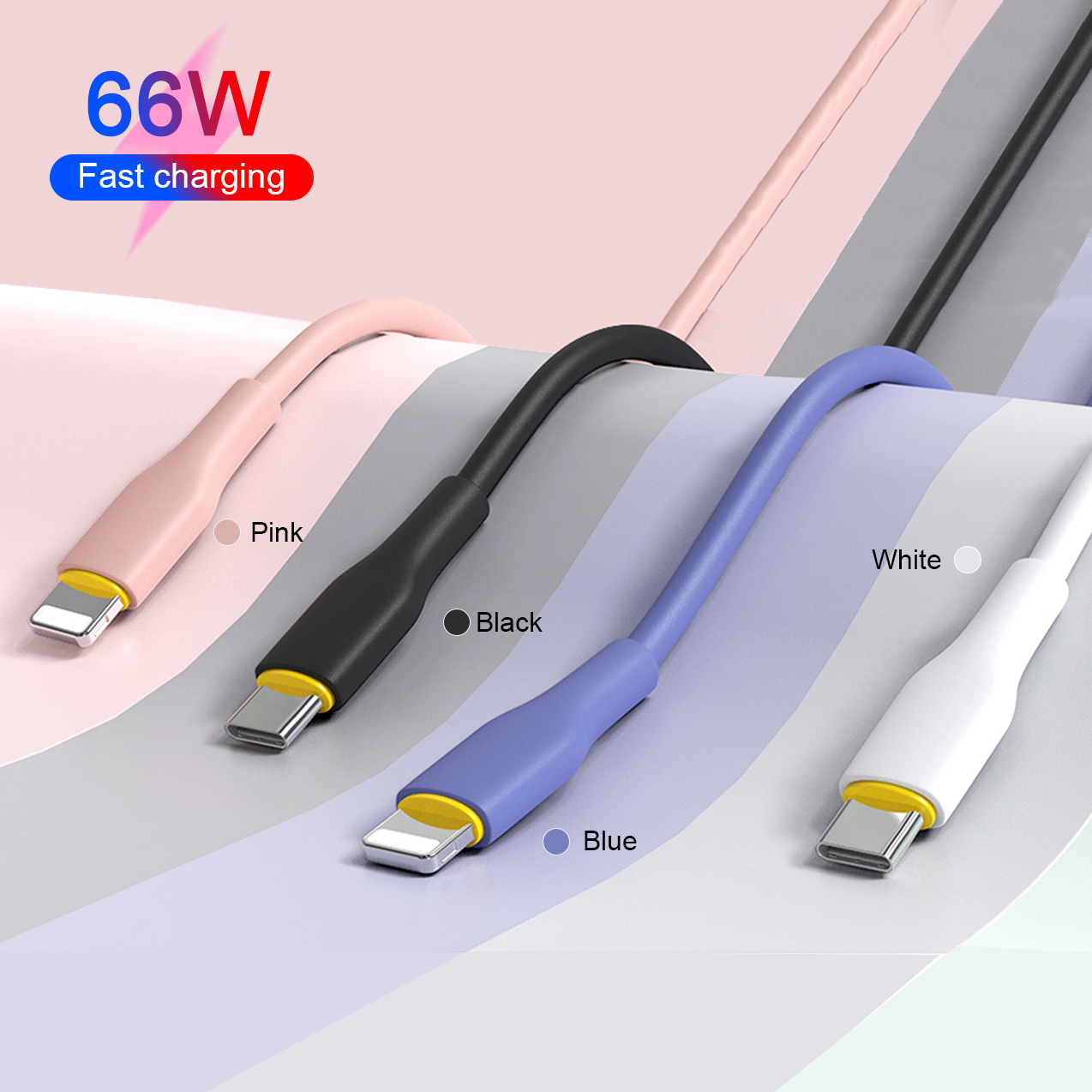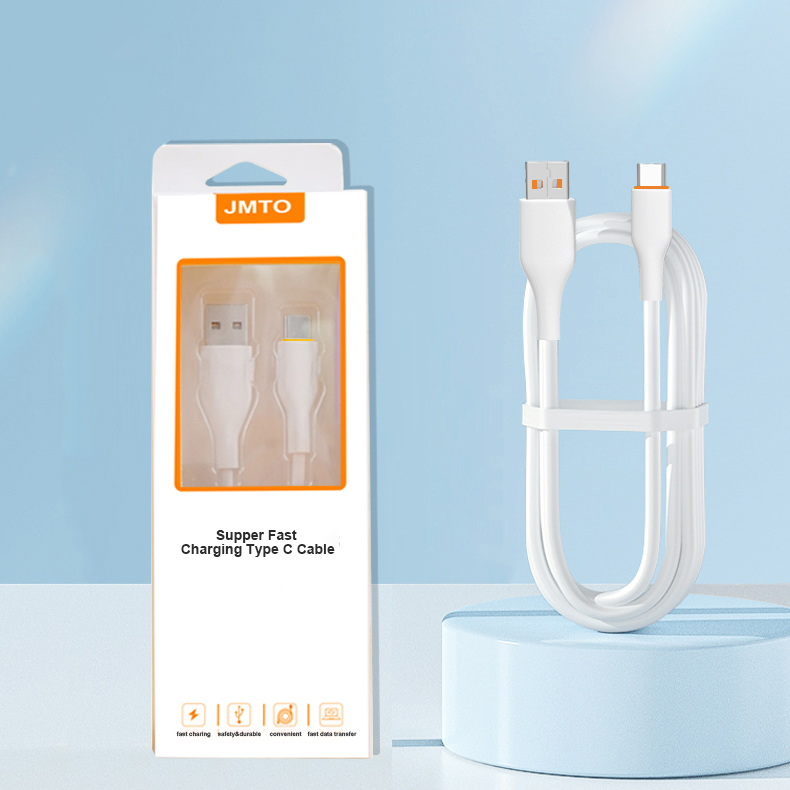The term wiring harness may not be understood by many people. Generally speaking, wiring harness refers to some electrical wires that we often use in our lives. For example, data cable is a kind of wiring harness. There are many types of wiring harnesses, but after all In the end, the wiring harness processing process is roughly the same. As a professional wiring harness processing manufacturer, JMTO will tell you what the wiring harness processing process is and what steps are there today.
1. Cable cutting
Use automatic wire cutting equipment to cut the wires according to the size required by the process, arrange the cut wires neatly (50 pieces/tie) and place them in the designated position, and paste the logo.
2、Get out of the quilt
Install the corresponding blade according to the wire specification, adjust the strokes of peeling, thread clamping and tangent according to the process index, adjust the size adjustment plate according to the peeling length, place the wire rod in the middle of the blade, press the thread head against the size adjustment plate, step on the pedal Perform peeling.
3、Cable management
When the power is turned on, the electric copper brush turns clockwise. According to the SOP method, the exposed oblique cladding at both ends is separated from the core wire, and the separated oblique cladding (ie the ground wire) is twisted and straightened.

4、Twisted wire
The twisting clip is complete and the rotating force is even. Clip all the brushed copper wires into the twisting clip for twisting (the copper wire should be clamped at the bottom of the middle).
5、Dip tin
Adjust the tin furnace (300±20℃) according to the temperature given in the SOP, arrange the wires well, separate and align the conductors of the core wires, dip the conductors of the core wires with flux, and send the core wires vertically when tinning. Put it into the tin furnace (the size is according to the SOP requirements), and the wire must be taken out immediately when the core wire is in place.
6、Terminal crimp
The cut wire is crimped to the terminal with a small crimping machine, sometimes multiple wires can be crimped on one terminal.
7、Packing
The crimped wires are sub-packaged according to the sub-assembly process requirements, that is, the terminals are inserted into the sheath.
8、assemble
Assemble the sub-assembled sub-assemblies according to the circuit direction on the drawing board (bundle with tape or pull tape, that is, wire harness).
9、Electrical detection
Use a standard wire testing machine to test the voltage resistance, impedance, short circuit and other properties of the wire.
10、external assessment
Use the naked eye to check whether some appearance parts meet the standards, whether there are missing accessories, etc.
11、Package
The wires are neatly arranged, boxed, and the box is sealed and labeled with a box sealer.

A small wire requires a lot of steps to go through. The above 11 steps are the wiring harness processing process in our daily life. Of course, some thicker wires will contain many small wires, and relatively speaking, there will be more steps, because some wire casings are not only one layer, but also There will be multiple layers, such as interference shielding layers, braided layers, etc. In short, the basic production processes of common wires in our lives are not much the same, and these are basically the same processes.
By continuing to use the site you agree to our privacy policy Terms and Conditions.